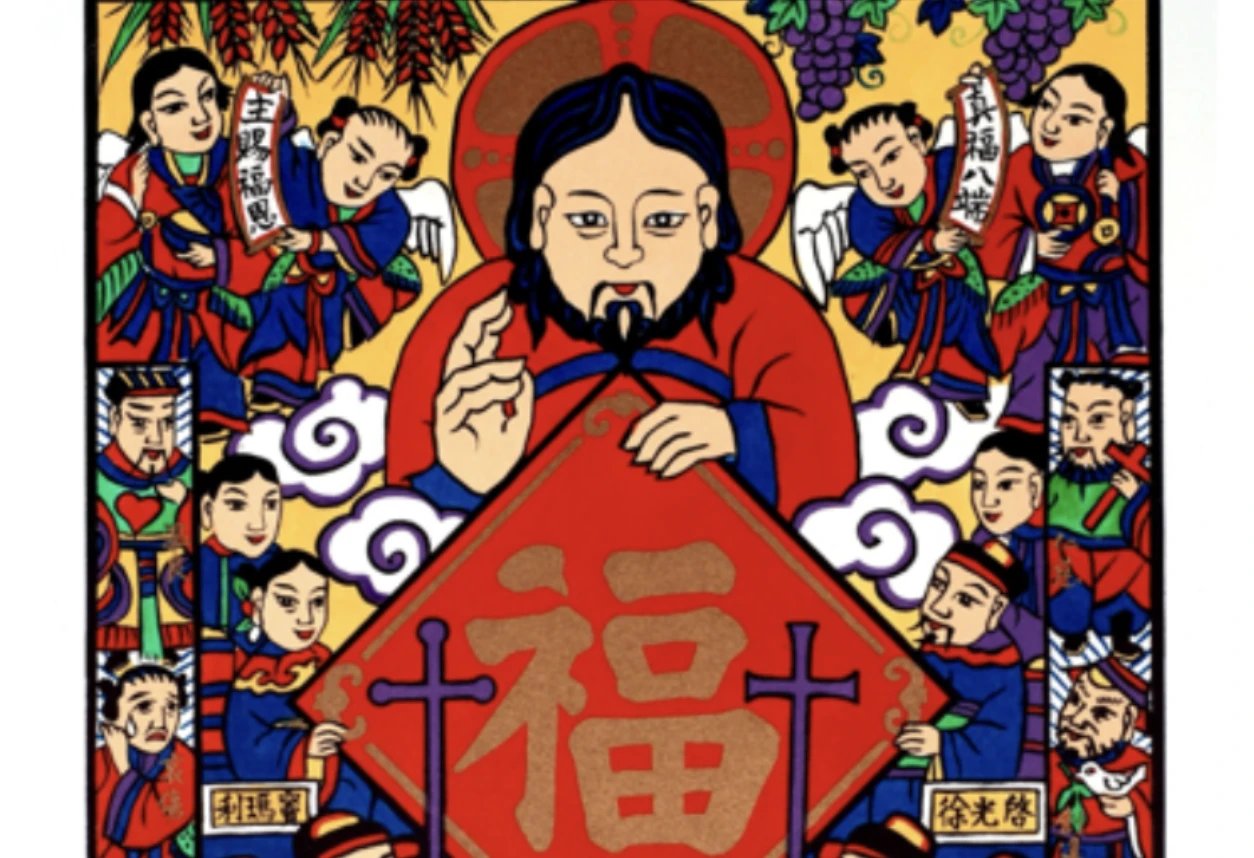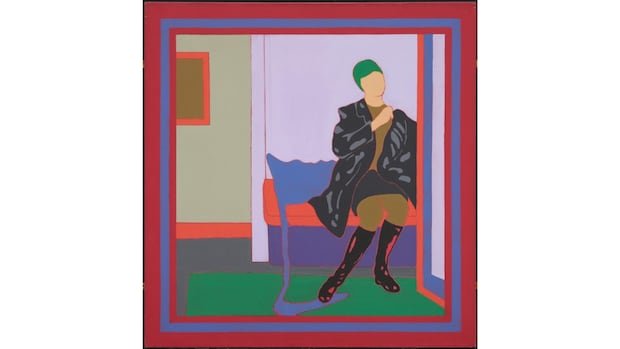Upon approaching La MaMa Galleria, I knew I would be in for a treat. The gallery’s front window shows a video of Korean artist Jiwon Rhie being repeatedly slapped in the face by a hand-shaped contraption of her own making. Through the crinkles of her face and her bob flipping back and forth alone, it was evident that Rhie’s fascination with motion and incongruity would anchor Suddenly, Images Explain Everything, on view through this Sunday, June 30.

At the entrance of the gallery space, Rhie’s jittering Flower Dogs (2016–ongoing) yap and scurry at the feet of two gumball machines courtesy of Short Stop Gallery, which are cordoned off on a packing cloth provided by Project Art Distribution. Two of the Flower Dogs are trapped inside of the operating dispensers that ask for ¢50 and ¢75 respectively to acquire a fun souvenir featuring a keychain and a temporary tattoo from the artist. While the mechanical toy dogs are the most kinetic, colorful, and interactive portion of the exhibition, Rhie weaves this semblance of living objecthood throughout the rest of her work.

Rhie translates elements of her life into wearables through the presentation of her Self Defined (2023) series, consisting of six bras made from fabric the artist digitally printed with documents, photos, and select texts from her personal history. According to Rhie, bras are a mandatory social custom for women in South Korea, meant to obscure their nipples and appear put together, contradicting the recently lax attitude toward the necessity of the undergarment in some parts of the world. Imbuing herself into the confines of the underwear and the expectation to wear it, Rhie humorously questions how these social rules shape our own perception of ourselves while we try to put our best foot forward to the public.



The artist came to the United States in 2017 to pursue a Master of Fine Arts at Pratt Institute and has used her practice to probe her feelings of displacement, cultural contradictions, and unpacking the self as the vessel through which we navigate the world. This is most evident in her continued pursuit of reflective installations that fragment or distort the viewer’s image. In both the kinetic blinds and the stationary, checker-paneled room divider, the viewer’s semi-translucent reflection is chopped up, layered, scattered, and pretty absurd-looking in a funhouse type of way, leaning into the recurring motif of not being able to control how others look at you despite your best effort.
I may have had too much fun trying to find the craziest ways my reflection could be altered — almost like when a kid gets access to PhotoBooth on a Mac for the first time — and I’d greatly recommend that anyone who stops by the exhibition do the same. Rhie’s clean but playful investigations into societal practices and self-image on a transcultural front put sensitivity and humor at an equal level on the scale, but also offer a unique, thought-provoking probe into the lines between objectification and agency as an immigrant.







